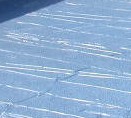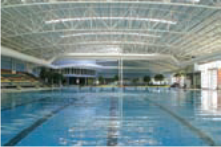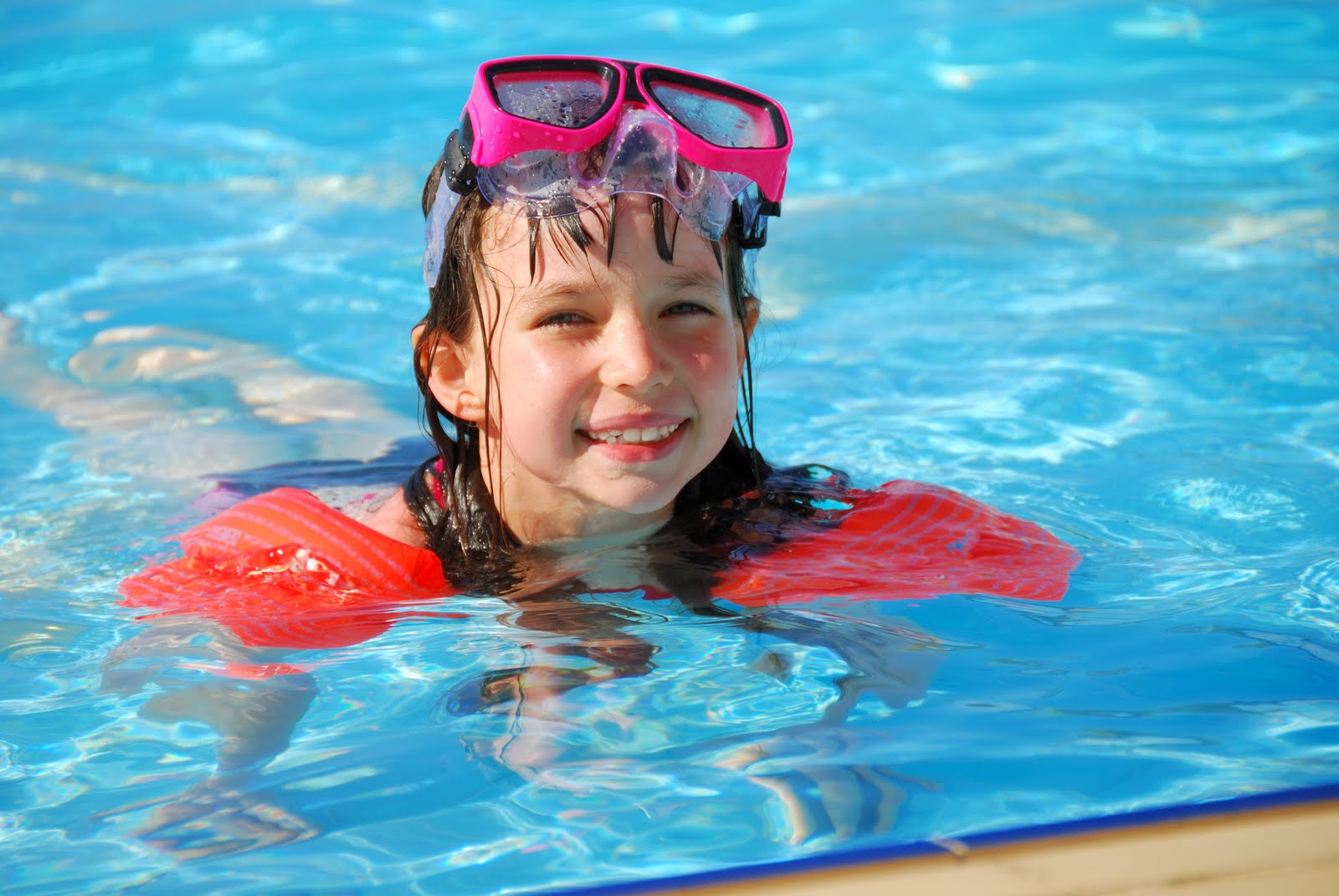The strangest phenomenon I’ve seen in my thirty-something years in the liner business is “wrinkling liner material caused by indoor heated pools”. If you read my recent blog about chemical levels you would conclude that this problem relates specifically to imbalanced pool chemicals, but this is not the case from my experience.
It first started in the 80’s when a customer contact us to say the pool liner in their 50 metre long pool, had grown about one whole metre in length. I almost didn’t believe them, so I went to see it for myself.
 When I inspected the liner, sure enough, there were wrinkles and folds of liner all over the floor of the pool. It looked like the reverse of a dry creek bed, instead of open cracks, these were folds of PVC in a random crazed pattern. After a lot of investigation by the fabric manufacturer, the conclusion was that this phenomenon was a reaction to a pool environment that was made up of the following factors:
When I inspected the liner, sure enough, there were wrinkles and folds of liner all over the floor of the pool. It looked like the reverse of a dry creek bed, instead of open cracks, these were folds of PVC in a random crazed pattern. After a lot of investigation by the fabric manufacturer, the conclusion was that this phenomenon was a reaction to a pool environment that was made up of the following factors:
· Indoor
· Heated
· Commercial use (like a training pool or public pool)
Another case which proved the validity of the study result to me, was a school pool in a cold climate. It was built as an outdoor pool and used for two years without any noticeable liner growth. Then, the school decided the pool would get more use if it was covered, so a new building was built over the top of it. It became an indoor heated pool and within one year, the liner had grown to have large wrinkles all over the floor.
How can this be? What happens is, under these conditions, the PVC absorbs water and therefore expands. The expansion becomes visible as wrinkles and there also appears to be deterioration in the strength and flexibility of the PVC; in severe cases I have seen cracking along the creases.
Different solutions were trialled like, maintaining a level of cyanuric acid (not normally needed for an indoor pool), using a lacquered fabric, using a printed fabric, yet nothing solved the problem and so it was concluded that unsupported PVC was not suitable for pools with these environmental conditions.
The fabric manufacturers’ no longer provide a warranty for their PVC when used for this application and so it used at the risk of the Purchaser.
There are plenty of domestic pools that are heated and located indoors which do not show any problems, but many of the commercial pools under these conditions will exhibit the considerable wrinkling caused by this phenomenon.

